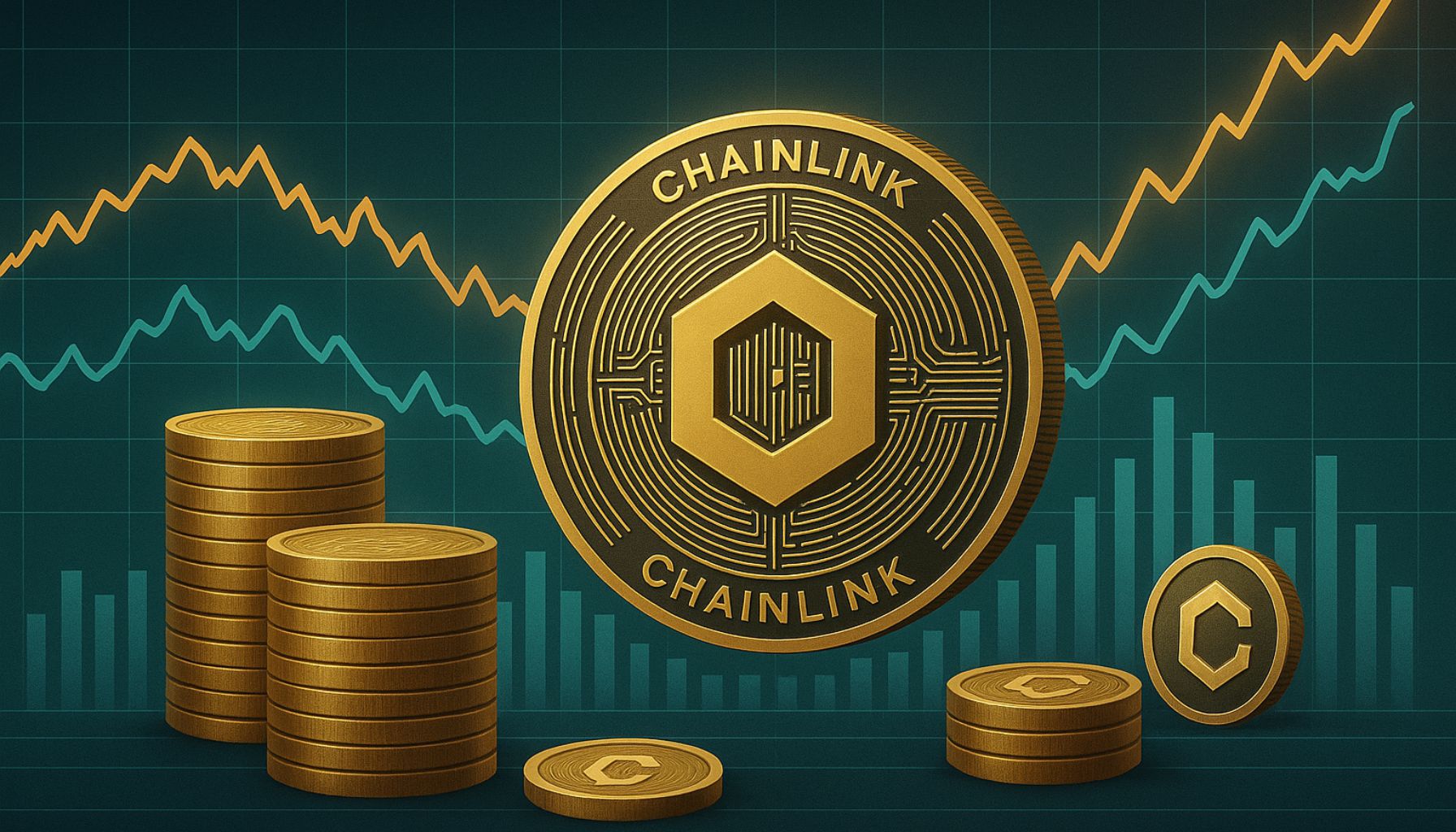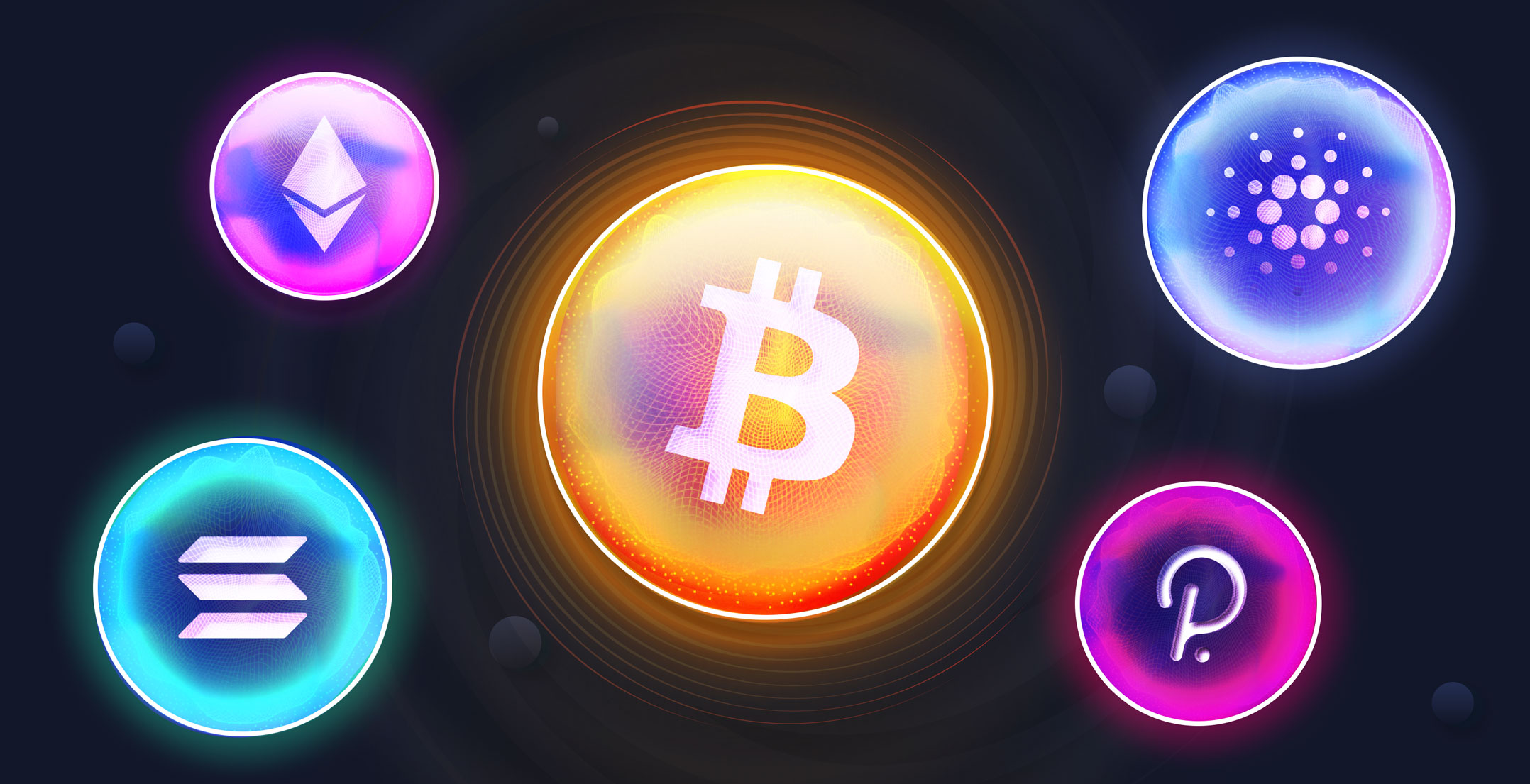How Web3 Technology Will Impact the Future of Consumer Trends [Expert Insights]
Many years ago, I waited hours in line after a concert to get a coveted Selena Gomez autograph.
![How Web3 Technology Will Impact the Future of Consumer Trends [Expert Insights]](https://blog.hubspot.com/hubfs/consumer%20shopping%20on%20web3.jpg#keepProtocol)
Many years ago, I waited hours in line after a concert to get a coveted Selena Gomez autograph. After she signed my poster, I hung it up in my bedroom, where it felt like my most prized possession. Because, although plenty of other people had Selena's autograph — no one had this specific one. It was one-of-a-kind. And worth every penny I paid to attend the meet-and-greet. And, although it may not seem like it at first, web3 technology — and how it will ultimately impact consumers — is actually very similar to my experience at the Selena Gomez concert. Here, I spoke with three web3 experts to learn more about how web3 will impact the future of consumer trends. But first … what is web3, anyway? If you're unsure what web3 is, you're not alone. HubSpot's Blog Research recently found 51% of consumers don't understand the concept of web3. Before writing this post, I didn't either. We cover what web3 is in-depth in this post, but for a brief recap: web3, or the third-generation of the internet, is a vision of a more decentralized web that places the power in the hands of users instead of large tech companies like Google, Apple, and Netflix. Web3 is built on blockchains using existing infrastructure with the goal of making the internet more accessible, private, and secure for users. Anna Seacat, VP of Marketing and web3 Community at Proxy and Co-Founder of Glypta.org, says a major benefit of web3 is ownership over data. As Seacat puts it, "Today, when we create content or submit personal data online, we're handing over ownership to companies who can change, delete, or sell it. With web3, we own our data. You can mint content through a decentralized app, but that app can never change or remove it, because it's yours forever, unless you decide to sell it." Essentially, it's an evolution of the internet that will be supported by blockchain and hosted on servers owned by individuals and many organizations rather than a handful of corporations. This gives users the ability to vote over the web's rules and regulations, rather than putting all power into the hands of those who own the servers (think: Democracy versus Monarchy). At least, that's the idea — although it's still in early days of development, so it's unknown whether reality will live up to these ideals. But how does web3 relate, specifically, to consumers and e-commerce brands? Let's explore that next. So … How does web3 relate to consumers? Well, in many ways, web3 is opening up new opportunities for how people will ultimately spend and sell. In essence, web3 could become a strong foundation for a secure, protected digital economy. For instance, one critical component of web3 is decentralized finance. Decentralized finance, which uses the same blockchain technology used by cryptocurrencies, has a similar goal as web3 itself: Give people the power to control their own money through a digital wallet, rather than relying on major financial institutions and banks. (Similar to how web3 aims to give people the power to control their data, rather than relying on major tech corporations.) Many brands already accept digital currencies from consumers. Microsoft, for instance, allows consumers to purchase products from the Windows Store with bitcoin; AT&T accepts cryptocurrency for bill payments; and even retailers like Overstock.com accepts bitcoin on its online site. So decentralized finance could be the next leap towards encouraging more digital transactions by providing incentives for consumers to store their finances digitally. Cryptocurrency, bitcoin, and a decentralized financial system are three components that could flourish on web3. But all three exist in much the same way the dollar does: as a fungible token. In other words, you can trade one dollar of bitcoin for another identical dollar of bitcoin. They are interchangeable. But there's another major element of web3 that many brands are seeing value in, and it's likely something you've already heard something about: NFTs. NFTs — or non-fungible tokens — are part of the Ethereum blockchain, and have exploded in growth over the past few years. In fact, investment bank Jefferies forecasts that NFTs will reach more than $35 billion in market value in 2022, and over $80 billion by 2025. Many of us have seen the wild west of NFTs first-hand. A few examples come to mind, including a Tweet that sold for $2 million, a meme that sold for $590,000, and a bundle of monkey drawings that sold for over $24 million. But what does 'buying' any of these digital assets actually mean? Essentially, it means you purchase the digital certificate which verifies you're the sole owner of the original. Consider it synonymous with owning the original Mona Lisa, versus purchasing a copy. NFTs aren't limited to digital artwork, however. NFTs can be a digital asset from any industry, including gaming, fashion, and even music. The potential ramifications of NFTs are enormous. As consumers shift towards NFTs, major corporations like Google or Meta could see a decline in how many consumers use their shopping tools. As Seacat puts it, "If NFTs are any indication of how marketing, shopping, and selling online will change, we're in for true disruption. For instance, Google is not used for NFT shopping. Instead, consumers rely on gated apps and decentralized marketplaces — neither of which show up in traditional search engine results." As previously mentioned, web3 will offer more security and control over personal data — which will directly impact a consumer's sense of trust when making purchasing decisions. Jeremy Merrell Williams, CEO at Vyudu Inc and web3 and Blockchain Analyst, says web3 will greatly impact how consumer shop in the future. "For instance," Williams says, "with blockchain technology, shoppers can directly connect with producers and retailers without having to go through intermediaries. This could lead to more trust between buyers and sellers, as well as lower prices due to reduced fees." He adds, "Web3-based marketplaces could also make it easier for consumers to find the best deals on products and services." Ultimately, with web3, you don't need to put your trust — and data — into the hands of a third-party corporation. Given that 76% of consumers feel they don't know what companies are doing with their data, this could ultimately lead to a renewed sense of trust between consumers and brands. Before we dive into how brands can leverage web3, let's take a look at some consumer concerns when it comes to web3. One major concern? The purchasing process is too confusing. Seacat says, "Web3 doesn't currently support the average consumer's purchasing process. You have to take big gambles and go into what's called a 'rabbit hole' to get education and onboarding." For this reason alone, Seacat and a team of women started a nonprofit, Glypta.org, to make web3 safer for women, especially those who are just getting started in the space. Seacat adds, "We shouldn't have to risk thousands of dollars in a rabbit hole to be a part of web3." Additionally, digital currencies like cryptocurrencies have proven to be volatile, which dissuades many from investing in the first place. And since you can't use U.S. dollars on web3, those who don't feel confident purchasing cryptocurrencies are excluded from purchasing on web3. Finally, there are some steep fees on web3, particularly when buying NFTs. As Holly Shannon, producer of Culture Factor, a high-ranking NFT and emerging technologies podcast, told me, "The fees incurred when buying an NFT on the blockchain are high. They are referred to as 'gas fees'. The use of crypto and the gas fees relative to a purchase are a major drawback at this time." Shannon adds, "The exercise to get a wallet that is unique to this framework is also cumbersome and full of friction. There are hot, warm, and cold wallets. There are secret codes and layers of authentication." Ultimately, we're a long ways away from making web3 feel mainstream for consumers. But it's still useful to consider: When consumers do begin joining web3, how can brands meet them there? In recent years, major brands have begun seeing the value in NFTs. Nike, for instance, has begun selling branded sneakers on Roblox, a virtual world, for fans' avatars to wear as they play sports virtually. Those virtual sneakers, which won't exist in real life, are an example of NFTs. Meanwhile, in the fashion industry, Dolce & Gabbana set a record of nearly $6 million for a nine-piece collection of digital NFTs, including a "Glass Suit" that the auction winner's avatar can wear in a metaverse. Shannon says: "I believe the ability to prove ownership makes for a great opportunity. Let's say you purchase a Hermés bag. By using an NFT that establishes the purchase on a blockchain, it creates a permanent record of that sale." Shannon adds, "Think of that NFT as a ticket or token that represents an asset — or your Hermés handbag. It authenticates your purchase as the original. Which, as an aside, makes a good case for reducing counterfeit sales. Additionally, it gives the brand an opportunity to have a direct relationship with the consumer." Ultimately, Shannon believes the power of NFTs for brands lies in this concept: Direct-to-consumer. For instance, Shannon notes, Hermés could use NFTs to delight their customers with unlockable experiences. Shannon posits, "Hermés could invite consumers to a fashion show, or send them a gift using NFTs. Alternatively, maybe a sports team uses NFTs to give fans a chance to meet their favorite players, or send SWAG directly to them. This merely scratches the surface of experiential marketing, but hopefully you can see the magic, too." Which leads me to my next, and hopefully last, Matrix-sounding buzzword: Metaverse. The metaverse is essentially a 3-D virtual reality (check out this post with a full run-down of the metaverse if you need a refresher), and it's where many consumers will purchase and wear the digital items we've listed so far. I'm willing to bet you're thinking NFTs and the metaverse seem a little far-fetched for most consumers. (I'm not in the financial position to purchase a $2 million Tweet myself, anyway.) But HubSpot's Blog Research found it does, in fact, impact many consumers today. A few quick stats: As it turns out, consumers are interested in purchasing virtual products and services; and they're interested in using virtual currencies to do so. In many ways, this makes sense: Much of what we do nowadays exists online. We meet our partners online using dating apps; we make new friends via social communities like Facebook; and some of us even work entirely online, leveraging remote tools like Zoom to communicate with colleagues. Web3 is an iteration that could, ideally, meet more consumers needs when it comes to data privacy, convenience, socialization, and entertainment. And if your consumers are on web3, why wouldn't you want to meet them there?What is Web3?
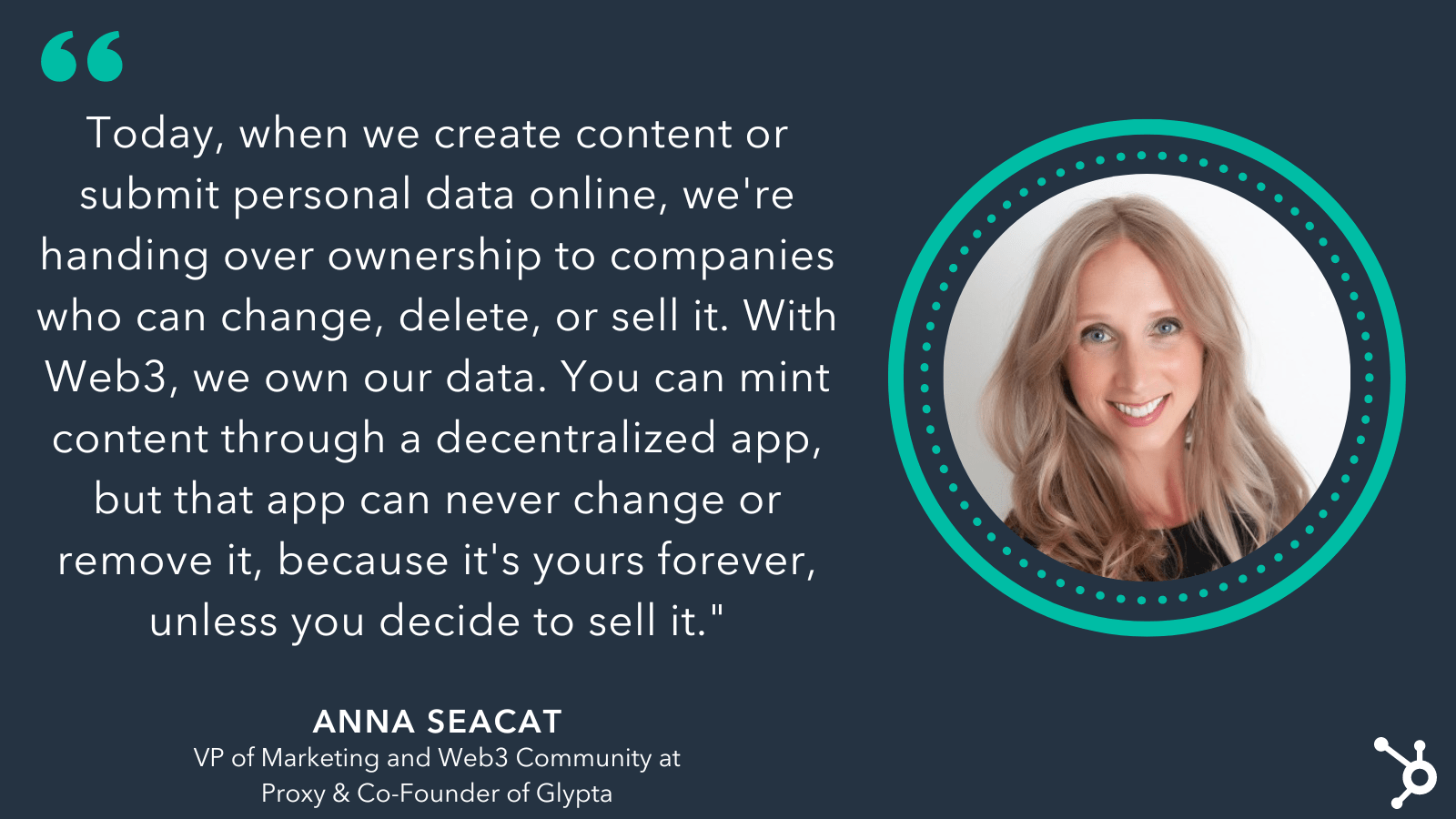
How does web3 relate to consumers?
Web3 Will Provide a Foundation for Decentralized Finance
More Consumers Will Begin Purchasing NFTs
Web3 Will Lead to More Trust Between Buyers and Sellers, and Reduced Prices
Some Consumers Will be Wary of Web3 Because of The Volatility of Crypto
How Brands Can Leverage Web3
Brands Can Leverage NFTs to Build Direct-to-Consumer Relationships
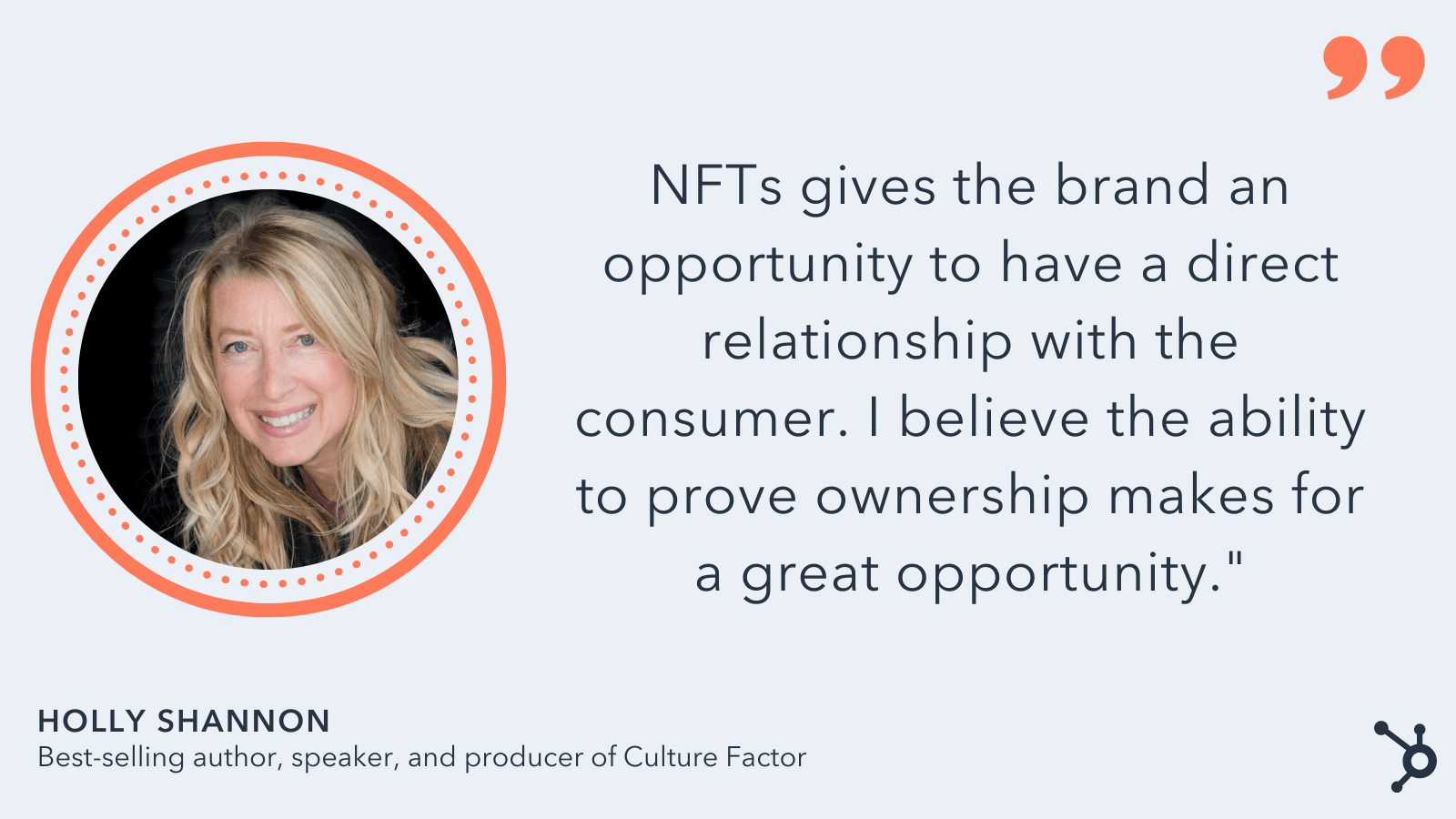
Brands Can Engage with Consumers in the Metaverse
Originally published Jul 11, 2022 7:00:00 AM, updated July 11 2022

 Aliver
Aliver 
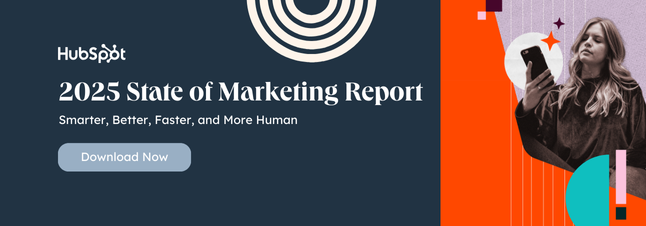












![Why Email Marketing Matters for Monetization with Alex Cattoni [VIDEO]](https://www.digitalmarketer.com/wp-content/uploads/2022/05/EMAL_MARKETING_MONETIZATION-1.png)







